I am looking for transposing a table into an other tab in Excel.
My first table :
First_Name | Last_Name | Company | Number | Done (1 = yes / 0 = no)
-----------------------------------------------------
Allison | Dark ! McDonald | 2,00 | 1
John | Doe | Amazon | 10,00 | 1
Julian | Smith | Coca Cola | 3,00 | 0
Kathy | Johnson | Coca Cola | 20,00 | 1
Barbara | Brown | Tesco | 10,00 | 0
Alexander | Lee | Amazon | 4,00 | 0
Harry | Moore | Amazon | 8,00 | 0
How can I retrieve these data in an other tab like this:
Company | Number of names | Done | Sum of Numbers
------------------------------------------------------
Amazon | 3 | 1 on 3 | 22,00
Coca Cola | 2 | 1 on 2 | 23,00
McDonald | 1 | 1 on 1 | 2,00
Tesco | 1 | 0 on 1 | 10,00
I was looking for a formula but it also can be in vba. Thanks for your help.


